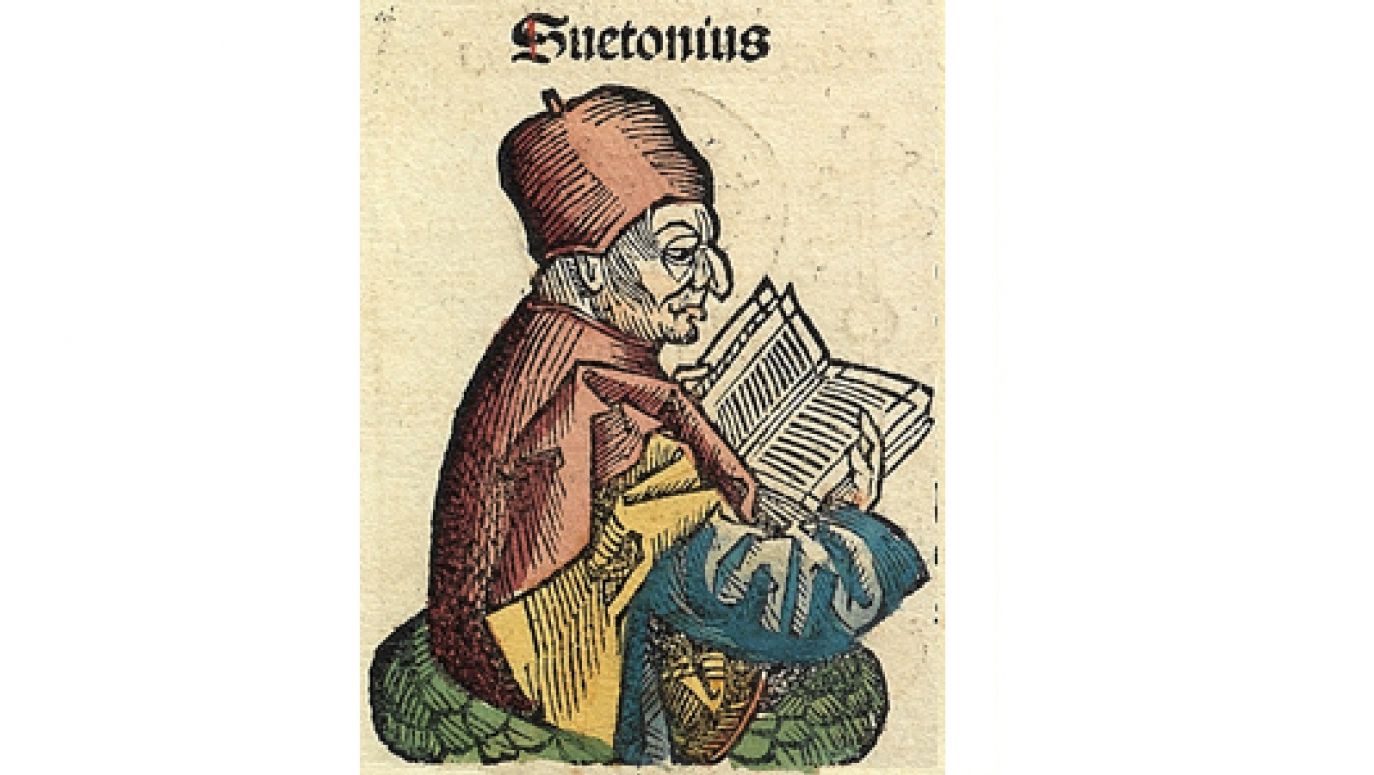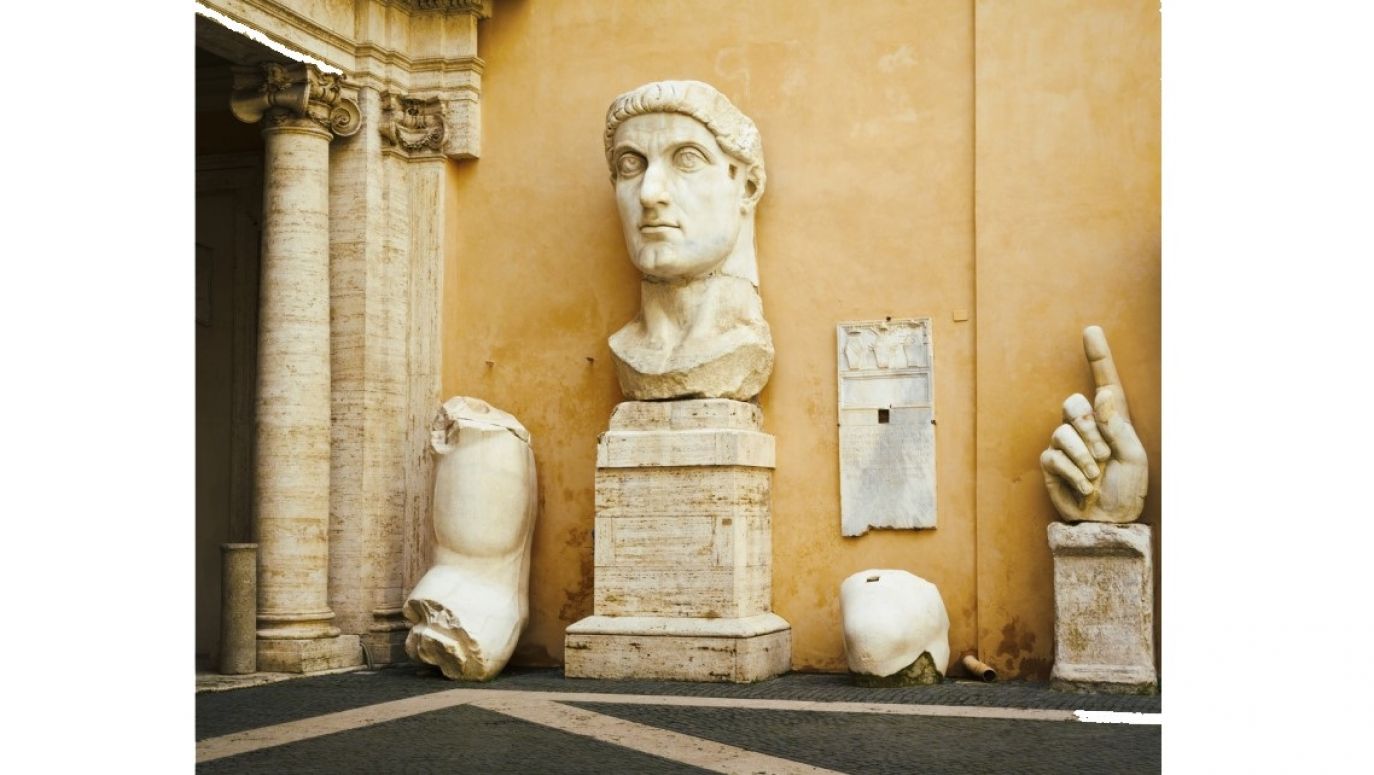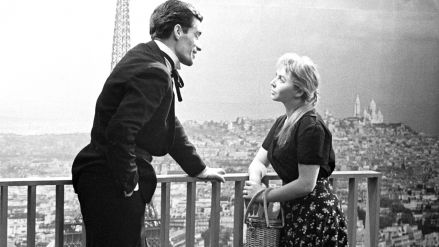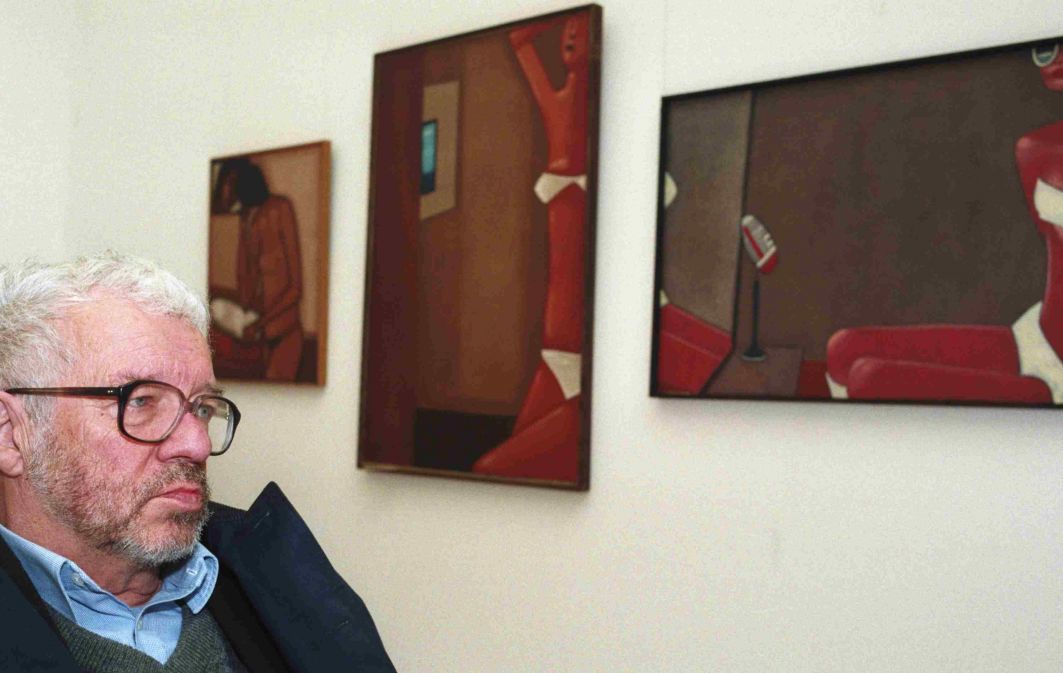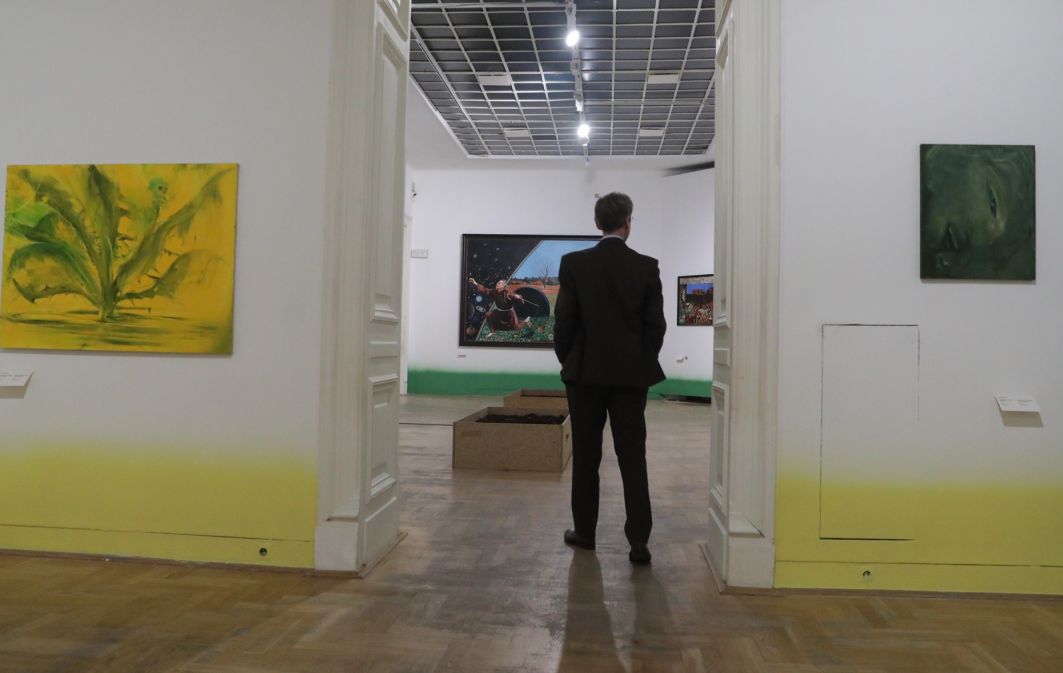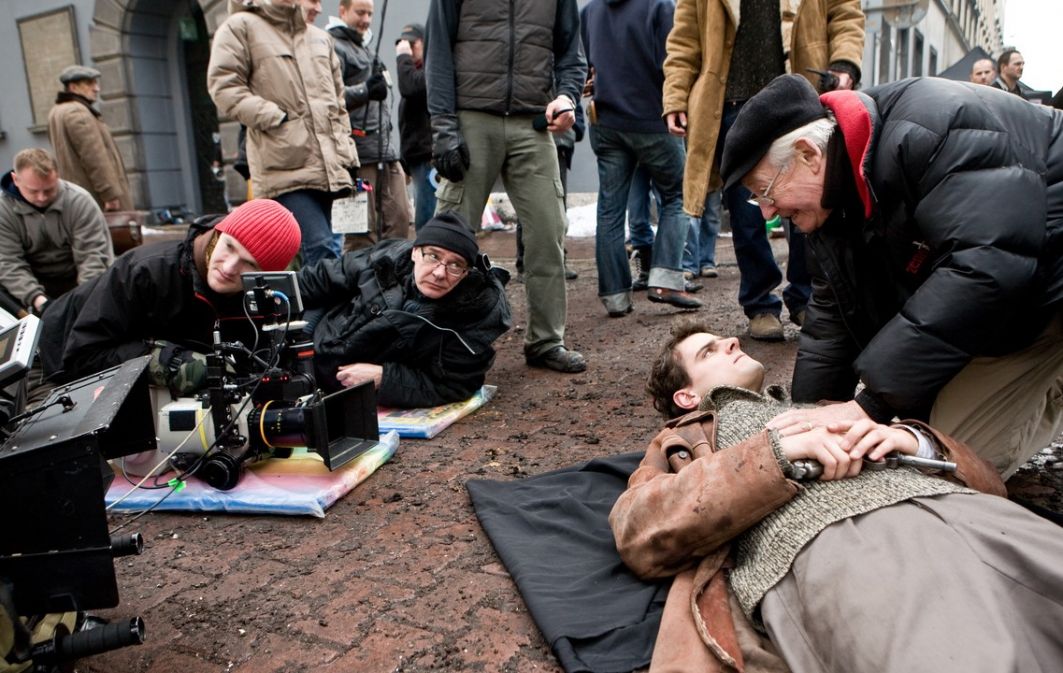Roman Caesars. They have been gone for centuries, and yet they are still among us. They come back in movies, novels, comic and political debates.
Letting alone Jesus and several saints nobody was portrayed or sculpted so often. Likenesses of ancient autocrats, worn away with age, inspired modern artists, thus hugely contributing to the full bloom of portrait painting.
Gallery of monsters
As a young man Julius Caesar cohabited with a king of Bithynia, Nicomedes. Octavian, being a toddler, disappeared form the cradle at night. He was found in the morning on top a high tower, admiring the sunrise. Tiberius had most of his relatives killed, and Caligula recognized himself god. Galba was a pathological miser, Claudius and Vitellius were gluttons whereas Domitian ordered all philosophers be expelled from Rome. And this is but the tip of the pyramid of facts, gossips and myths. Its main constructor was Gaius Suetonius Tranquillus, the author of a collection of biographies of the first twelve emperors.
Out of this dozen only one emperor died of natural causes, the rest (if the historian is to be credited) died by one’s own or someone else’s hand. It is hard to regret them. Even Octavian, so eagerly appealing to traditional Roman virtues was actually a hypocrite who had blood of perfectly innocent people on his hands. And what to say about others. Nero might have not burned Rome but till the end of time he will remain a fool having committed matricide.
“The Twelve Caesars”, an ancient bestseller, lost the palm in the Middle Ages in favor of the Bible and “The Golden Legend” but in the small circle of those able to read they still enjoyed popularity – the number of preserved manuscripts testifies to it. Petrarca had as many as three copies. And to think that the Suetonian opus magnum survived only by miracle. Only one exemplar survived the time of turmoil which followed the fall of the Latin empire, in Tours, France. It lack the original prologue and the beginning of the first chapter. The invention of the print, and translations popularized the “The Twelve Caesars” to a tremendous degree, confirming by the way the rule that scandals always sell better than scientific books.
 SIGN UP TO OUR PAGE
SIGN UP TO OUR PAGE

Today’s historians are not very keen on Suetonius. They consider him a “detailer” of narrow horizons who aped the Greeks as it was they who invented the literary genre called “lives of famous people”. They cannot get over the fact that only fragments of Tacit’s works, of whom they have a higher opinion, have been preserved.
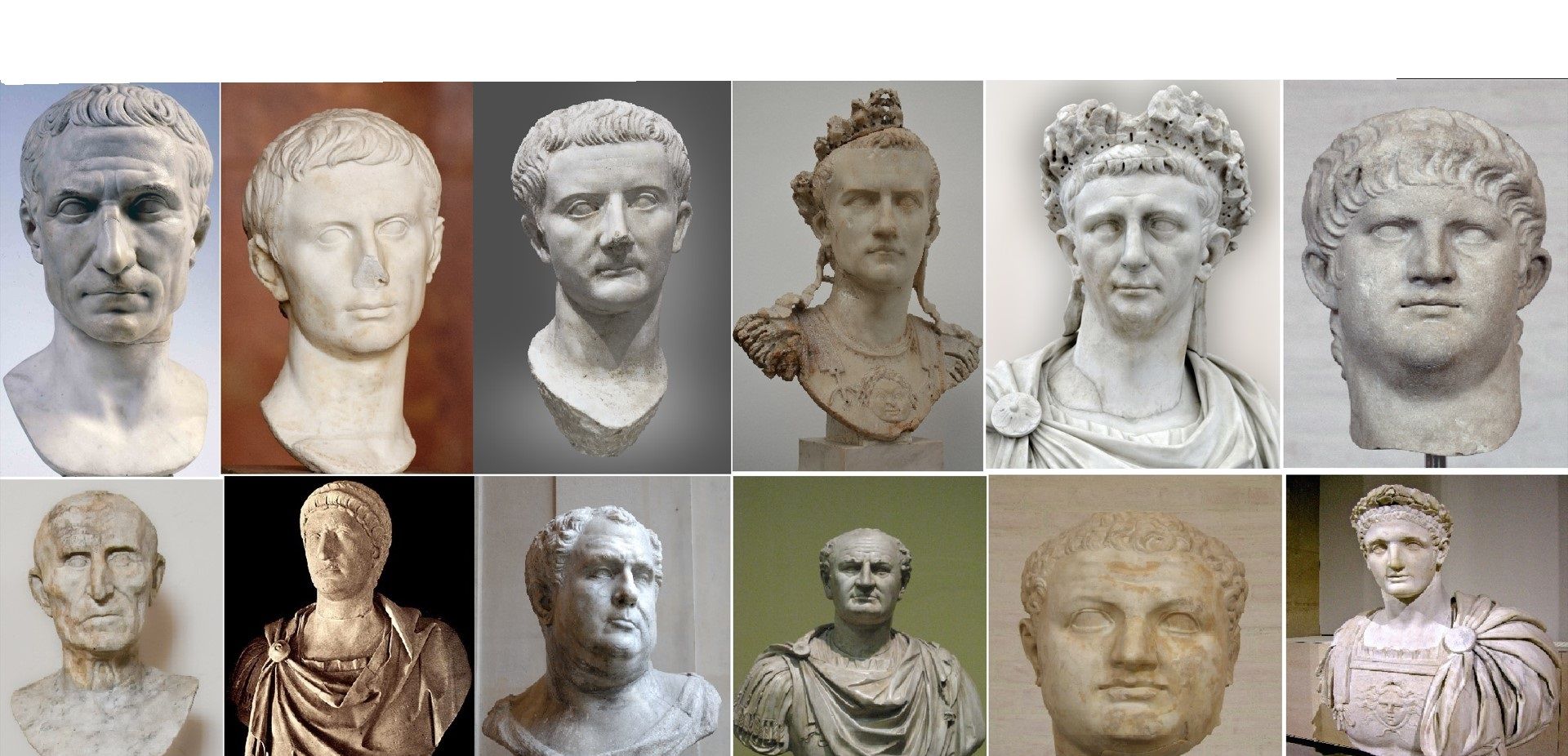
 SIGN UP TO OUR PAGE
SIGN UP TO OUR PAGE
 Today’s historians are not very keen on Suetonius. They consider him a “detailer” of narrow horizons who aped the Greeks as it was they who invented the literary genre called “lives of famous people”. They cannot get over the fact that only fragments of Tacit’s works, of whom they have a higher opinion, have been preserved.
Today’s historians are not very keen on Suetonius. They consider him a “detailer” of narrow horizons who aped the Greeks as it was they who invented the literary genre called “lives of famous people”. They cannot get over the fact that only fragments of Tacit’s works, of whom they have a higher opinion, have been preserved.